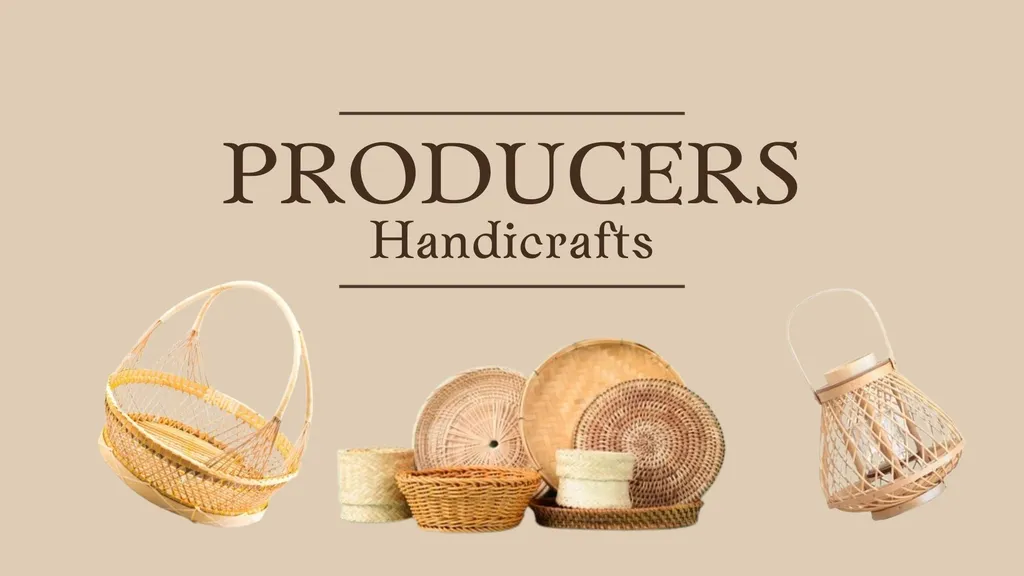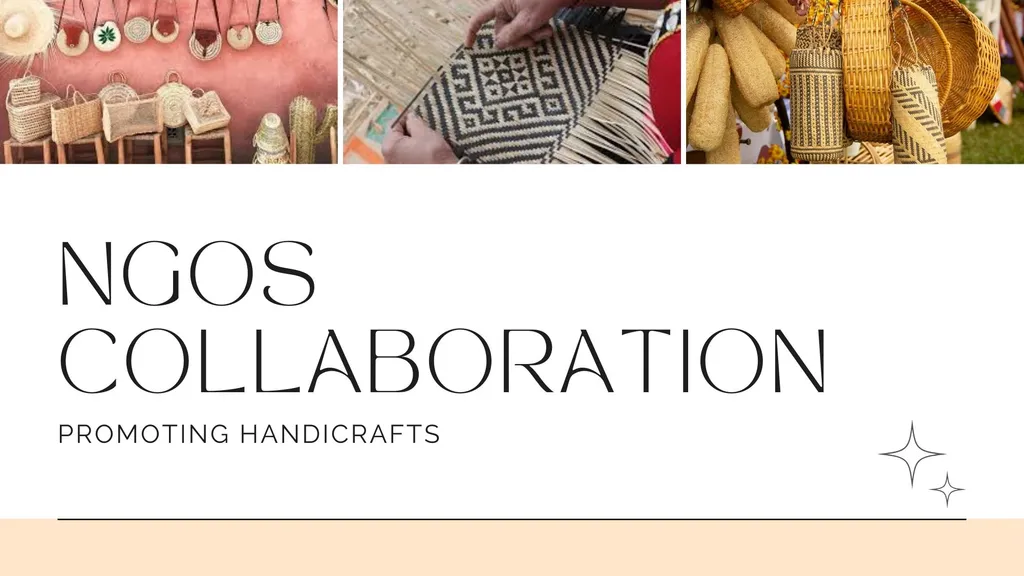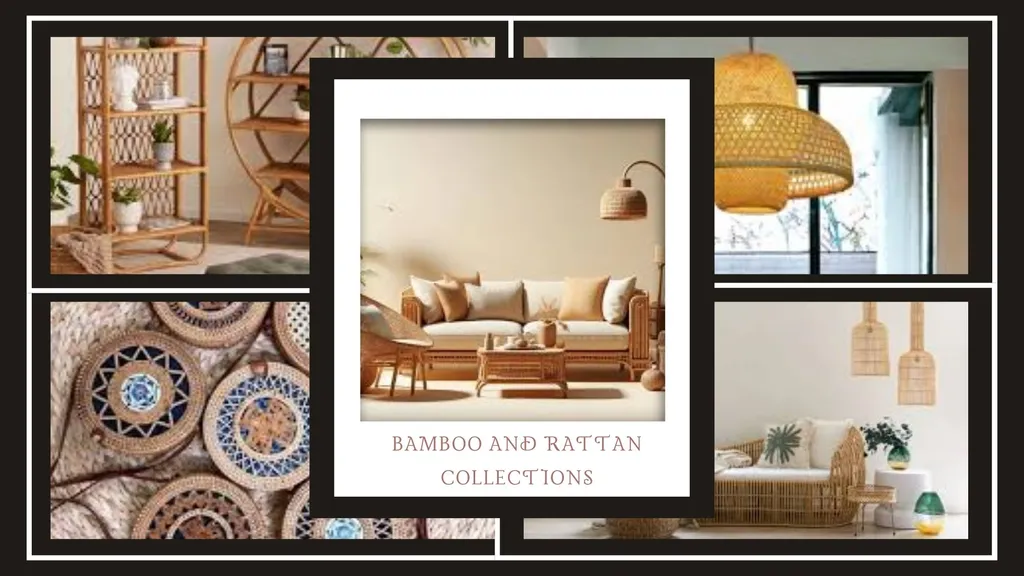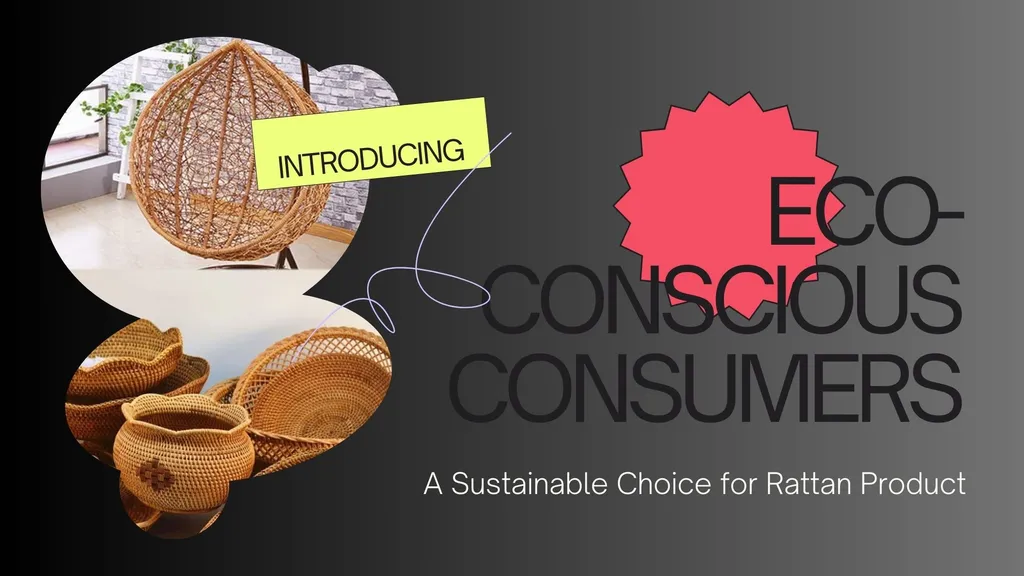Contents

In an era where authenticity, craftsmanship, and sustainability shape consumer preferences, handicraft producers are thriving in a dynamic global market. The surge in demand for handmade goods reflects a desire for unique, eco-friendly products that embody cultural heritage. For artisans like those at Ethical Handicraft Manufacturer (EHM), specializing in bamboo and rattan crafts, adapting to these trends offers both opportunities and challenges. This blog explores how handicraft producers can navigate the international market by leveraging e-commerce, sustainability, and innovation while preserving their cultural roots.
Understanding Global Market Trends
The global handicraft market is booming, projected to grow at a CAGR of 11.8% from 2024 to 2032, potentially reaching USD 2,149.93 billion. This growth is driven by consumer demand for authentic, sustainable products that contrast with mass-produced goods. Younger consumers, in particular, value unique items with cultural stories, while e-commerce platforms like Etsy and Amazon Handmade make these products accessible worldwide. EHM capitalizes on this trend by showcasing the rich narratives behind their bamboo and rattan creations, connecting with eco-conscious buyers seeking ethical craftsmanship.
Embracing Sustainability
Sustainability is a key driver of demand for handicrafts. Consumers increasingly prioritize eco-friendly materials and ethical production. EHM excels here, using locally sourced bamboo and rattan, which are renewable and biodegradable, to create durable products with minimal environmental impact. By adopting fair trade practices and ensuring safe working conditions, artisans can align with consumer values, enhancing their appeal in a competitive market. Certifications like Fair Trade or Organic further boost credibility, as seen with EHM’s commitment to sustainable craftsmanship.
Leveraging E-commerce Platforms
E-commerce platforms have transformed how artisans reach global audiences. Platforms like Etsy and Amazon Handmade offer low-cost entry, global visibility, and tools for marketing and analytics. EHM optimizes its online presence with SEO, high-quality product photography, and detailed descriptions that highlight the craftsmanship of their bamboo and rattan goods. Engaging visuals and authentic storytelling differentiate their products, fostering consumer trust and loyalty in a crowded digital marketplace.
Utilizing Social Media for Brand Building
Social media platforms like Instagram and Pinterest are vital for handicraft producers to showcase their work and build a community. EHM uses these channels to share behind-the-scenes content, such as the intricate process of weaving bamboo, captivating audiences with cultural narratives. Consistent branding, strategic hashtags, and influencer collaborations amplify reach, driving traffic to e-commerce stores. Analytics help artisans adapt content to consumer preferences, ensuring a strong, engaged following.
Collaborating with Designers
Collaborations with designers allow artisans to blend traditional craftsmanship with modern aesthetics, appealing to diverse markets. EHM partners with designers to create innovative bamboo and rattan products that maintain cultural authenticity while meeting contemporary tastes. These partnerships expand market reach, enhance brand credibility, and foster creative innovation. Transparent communication and shared values ensure that collaborations, like those undertaken by EHM, resonate with global consumers seeking unique, ethically made goods.
Overcoming Global Market Challenges
Handicraft producers face challenges like competition from mass-produced goods, fair trade issues, and cultural appropriation. EHM counters these by emphasizing the superior quality and cultural value of their handmade products, educating consumers about their craftsmanship. Fair trade certifications and direct-to-consumer models ensure equitable artisan pay, while partnerships with local communities safeguard cultural integrity. By focusing on niche markets and sustainable practices, EHM navigates these challenges effectively.
For handicraft producers like Ethical Handicraft Manufacturer (EHM), adapting to international market demands requires balancing tradition with innovation. By embracing e-commerce, sustainability, and strategic collaborations, artisans can meet evolving consumer preferences while preserving cultural heritage. EHM’s success with bamboo and rattan crafts highlights the potential for artisans to thrive globally. Through storytelling, ethical practices, and digital innovation, handicraft producers can build a sustainable future, captivating consumers with the timeless allure of handmade goods.





